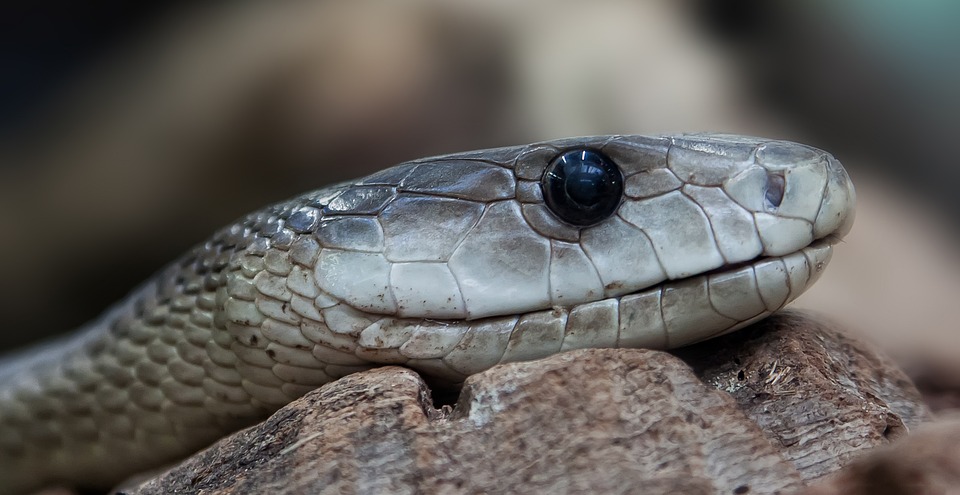When we think about dinosaurs, we often have a particular image in our minds: colossal, fierce, and deadly creatures that dominated the earth millions of years ago. But within this vast world of prehistoric creatures, there existed a group of dinosaurs even more menacing than the rest – those that used venom to ensnare their prey and defend themselves against predators. In this article, we delve into the world of venomous dinosaurs to uncover their unique characteristics and how they may have used their lethal weapons for survival.
Unearthing the Evidence
In recent years, new discoveries in the field of paleontology have unearthed evidence for the existence of venomous dinosaurs. Previously, it was believed that venomous behavior was exclusive to certain groups of reptiles, such as snakes, lizards, and a few ancient marine reptiles like pliosaurs. However, recent findings paint a different picture.
One such discovery is the Sinornithosaurus, a small, feathered dinosaur found in China. Closer examination of its fossil remains showed unique grooved teeth and a pocket in its skull, which researchers believe could have housed venom glands. This combination of features suggests that the Sinornithosaurus used venom to subdue its prey, making it an exceptional predator for its size.
Adaptations for Venom Use
Venomous dinosaurs likely had various adaptations to facilitate their venomous behavior. These may have included:
- Modified teeth: Venomous dinosaurs would have had specialized grooved teeth that could deliver venom efficiently into their victim’s tissue during a bite.
- Venom glands: Venom production would require the presence of venom glands in the dinosaur’s head, often located near the base of the jaw, as seen in modern venomous reptiles such as snakes.
- Delivery mechanism: A specialized delivery system would be needed to transport the venom from the gland to the victim’s tissue, possibly through hollow teeth or grooved teeth that could channel the venom into the wound.
These adaptations would have allowed venomous dinosaurs to take down larger prey, defend themselves against predators, and compensate for any shortcomings in physical prowess due to their smaller size.
Finding the Venomous Niche
Venomous dinosaurs occupied a unique niche within their ecosystems. Their venomous weaponry would have provided them with distinct advantages over non-venomous species.
- Hunting prowess: Venomous dinosaurs could take down larger and potentially more nutritious prey than their size would suggest. This made them more efficient hunters and allowed them to compete with larger predators for resources.
- Defensive capabilities: When confronted with a threat, venomous dinosaurs could use their venom as a potent deterrent. Even a small bite could cause significant pain, paralysis, or even death to an attacker, making predators think twice before taking on a venomous dinosaur.
- Specialized diet: Venom could also have allowed these dinosaurs to pursue a specialized diet – perhaps targeting creatures that were challenging for other predators to catch or subdued by their toxic bite.
This combination of factors placed venomous dinosaurs in a unique position within their ecosystems, one that made them formidable competitors for resources and allowed them to carve out their own specialized ecological roles.
Conclusion
While the world of venomous dinosaurs is still relatively unknown, recent discoveries have offered tantalizing glimpses into the lives and behaviors of these remarkable prehistoric predators. From the adaptations that facilitated their venomous abilities to the ecological niches they occupied, understanding the world of venomous dinosaurs sheds new light on the complexity and diversity of life in the prehistoric era. As paleontologists continue to unearth new evidence, our understanding of these fascinating creatures will only grow.
FAQs
Are there any known examples of venomous dinosaurs?
Yes, one example is the Sinornithosaurus, a small feathered dinosaur discovered in China. Its unique features, such as grooved teeth and a pocket that could have housed venom glands, suggest that it used venom to subdue its prey.
How did venomous dinosaurs deliver venom to their victims?
Venomous dinosaurs likely had specialized teeth with grooves or hollow cavities, which allowed them to inject venom into their prey’s tissue during a bite. They may also have had venom glands near the base of their jaw to produce the venom.
What advantages did venom provide to these prehistoric predators?
Venomous dinosaurs would have had an advantage in hunting, as their venom could have allowed them to take down larger prey. They also could use their venom for defensive purposes, deterring predators from attacking them. Additionally, venom may have enabled them to target specific prey items that were difficult for other predators to catch.

No responses yet